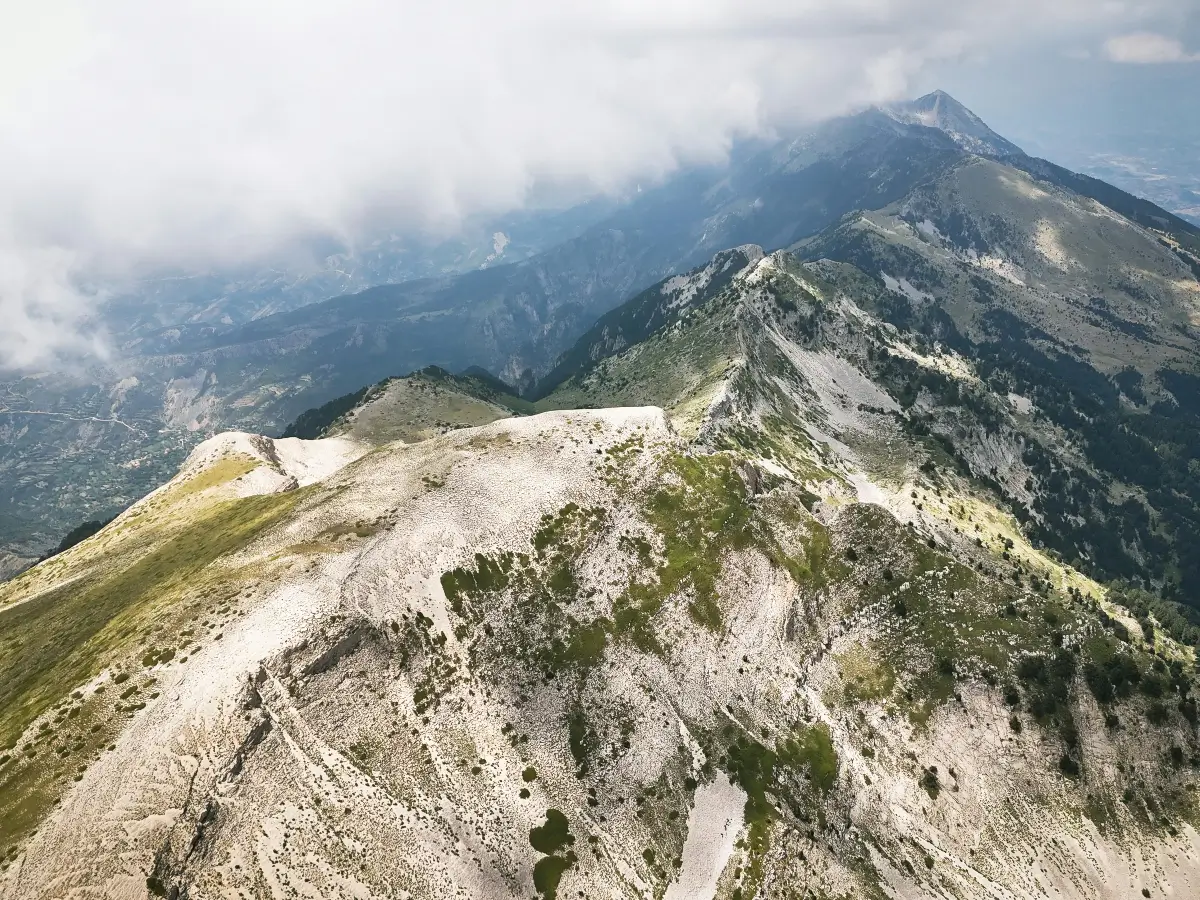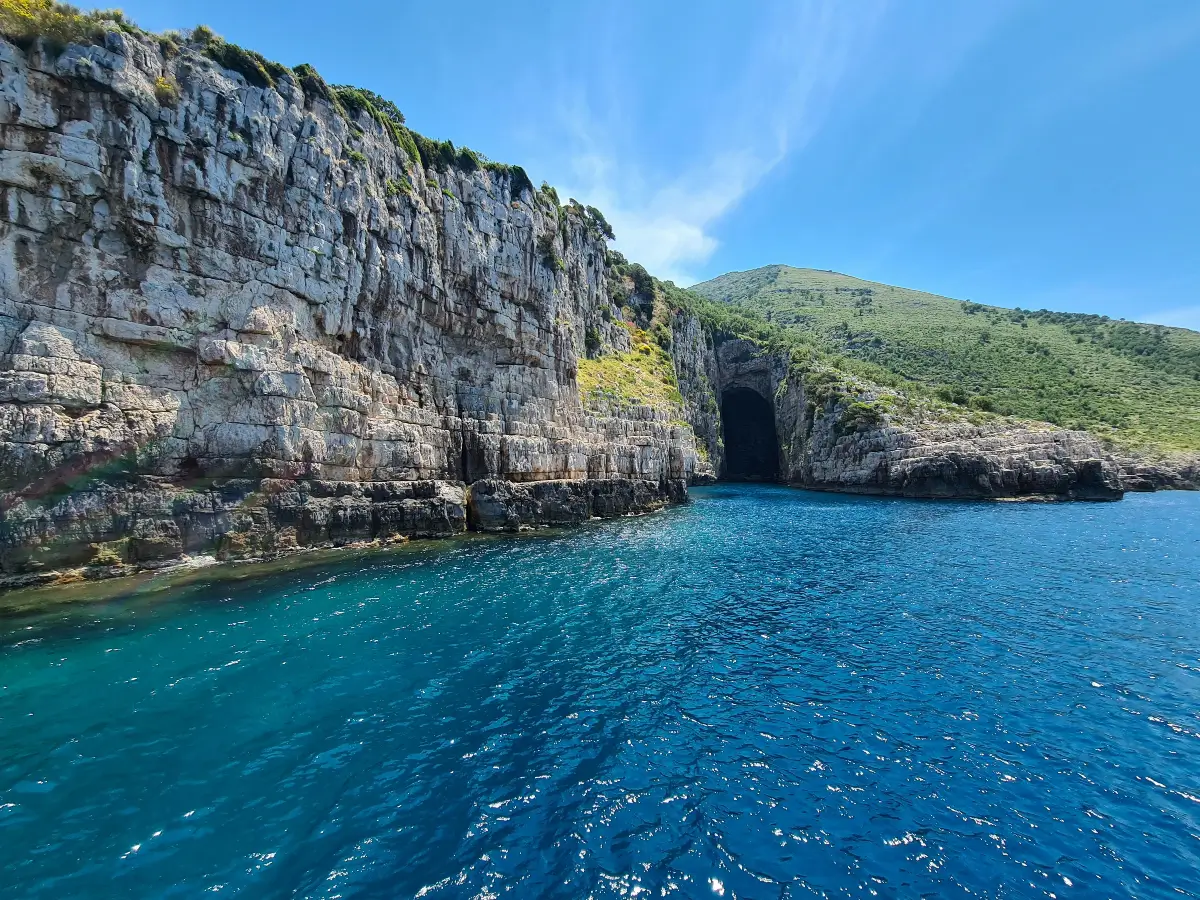Albania’s small size hides a surprising amount of climate variation. The combination of coastline, inland plains, and high mountains results in sharply contrasting weather patterns — sometimes within just a few kilometers.
While summers are hot and dry in the western lowlands, winters bring snow and freezing temperatures to the mountains. Understanding the country’s climate zones is essential for agriculture, tourism, construction, and even daily life planning.

Coastal Mediterranean Zone
The entire western coastline, stretching from Shkodra to Saranda, experiences a classic Mediterranean climate. This region includes major cities such as Durrës, Vlorë, and Himara.
Summers are dry and hot, with temperatures often reaching 33–36°C in July and August. Humidity levels are high along the Adriatic, while the Ionian coast benefits from stronger sea breezes and slightly cooler evenings.
Winters are mild and wet. Rainfall is heaviest from November to February. Snow is extremely rare, even in colder years. Olive trees, citrus fruits, and vineyards thrive in this climate, and coastal tourism reaches its peak from May to early October.
Inland Continental Zone
As you move east into cities like Tirana, Elbasan, Berat, and Korçë, the climate shifts to a continental pattern. The influence of the sea fades, and temperatures begin to fluctuate more sharply between seasons.
Summers in these inland zones are hot and dry, with regular highs above 35°C in valleys such as Elbasan. Rainfall is infrequent in summer but returns heavily in spring and autumn.
Winters are cooler, especially in elevated areas. While snow is uncommon in Tirana and Berat, it is normal in Korçë, where temperatures can drop below freezing. Spring and autumn offer the most comfortable weather — ideal for farming, construction, and local travel.
Northern and Eastern Mountain Zones
The Albanian Alps, Korab range, and much of Kukës and Dibra fall under a mountain or alpine climate. Here, elevation is the dominant factor. Theth, Valbona, and other alpine villages are often snow-covered for months.
Summer temperatures rarely exceed 25°C, even in full sun. Nights remain cold well into June and September. Rain is frequent, and conditions can change rapidly. Snow begins as early as October and lasts into April.

These regions rely on short growing seasons and remain cut off during heavy snow periods. Access to certain areas requires winter vehicles or is suspended entirely during storm periods. Tourism in these areas is strongly seasonal.
Southern Highland Zone
In areas like Gjirokastër, Përmet, and Tepelenë, elevation combines with Mediterranean influence to create a mild highland climate. Summers are warm but more moderate than the inland lowlands. Winters are short, and snow is occasional but not heavy.
This zone supports a mix of vineyards, herbs, and fruit orchards. Rainfall is steady but not extreme. Temperature variations are less sharp than in the north, making the area attractive for year-round living and seasonal travel.
Rainfall Patterns
Most of Albania’s rainfall comes between November and March. The western lowlands receive short, intense storms, while the mountains experience steady, longer-lasting precipitation. Spring brings moderate rainfall in most areas, supporting agriculture before the dry summer arrives.
The country has no rainy season in the tropical sense, but strong winter systems often affect transport, especially in mountainous regions. Flooding can occur in river valleys when heavy rain meets snowmelt.